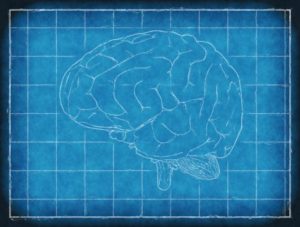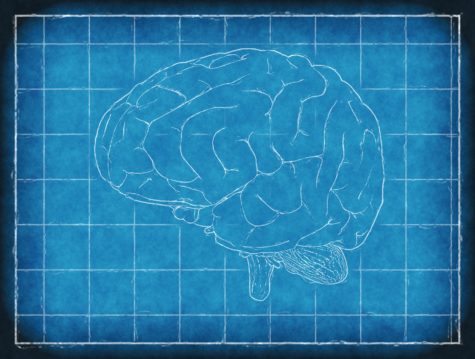FRANKFURT, Germany — Research suggests that young boys may be four to five times more likely to have autism than young girls. But is autism really a “boy’s disease”? Or are girls with the same condition simply not being diagnosed and treated at the same rate?
A new study arguing that autism is closely associated with “masculine” brain characteristics is unlikely to resolve the current controversy – instead, it may well fuel it.
The study, led by Dr. Christine Ecker a professor in the department of child and adolescence psychiatry at Goethe University in Frankfurt, Germany, examined whether autism was a function of sex-related variation in brain anatomy, regardless of whether the sufferer was a man or a woman.

Ecker hypothesized that one reason autism is so closely associated with men is that it tends to correlate with certain brain characteristics typically found in males.
Her study seemed to confirm that hypothesis: females with more typically “male” brains – measured by their cortical thickness, a difference widely known to be sex-based – were five times more likely to have autism than women with more typically “female” brains.
Ecker’s team used advanced brain imaging techniques to examine various aspects of brain structure in male and female subjects ages 18 to 42 to arrive at their conclusions. The study included 98 high-functioning adult autism sufferers and 98 “neuro-typical” adults as a control group.
“Our study demonstrates that normative sex-related phenotypic diversity in brain structure affects the prevalence of ASD in addition to biological sex alone, with male neuro-anatomical characteristics carrying a higher intrinsic risk for ASD than female characteristics,” Ecker notes in an news release published by the online magazine JAMA Networks.
Ecker’s findings were considered sufficiently controversial that Larry Jacobs, the editor of the journal JAMA Psychiatry, where her study first appeared, wrote an editorial to reassure readers that Ecker was not suggesting that “masculine” and “feminine” brain phenotypes simply reflected biological brain differences between men and women.
Each sex has brain characteristics also found in the opposite sex, which means both male and female brains incorporate “masculine” and “feminine” aspects, though perhaps in different measure, Jacobs says. Both aspects require further study in relation to autism, he notes.
Ecker says she wants to expand her inquiry to other sub-groups, including children and those at the low end of the autism spectrum. She also wants to delve further into the causes of brain cortical differences in men and women — about which surprisingly little is known.
For now, Ecker’s research seems to reinforce the idea that autism is a distinctly “male” disorder — even, it seems, in women.

Careful, studying differences in the sexes will be tantamount to sexism and bigotry in the near gender-less future. Just as studying or acknowledging racial differences are now.